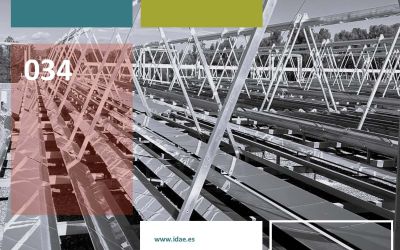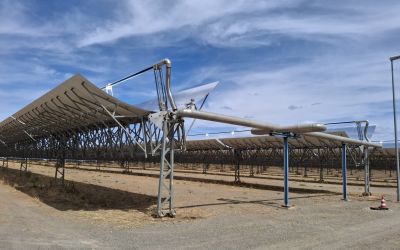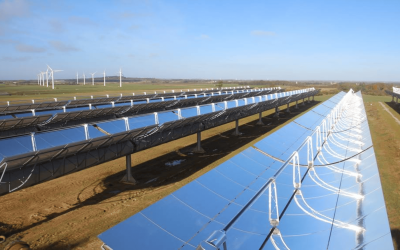Guided visit to Andasol 3
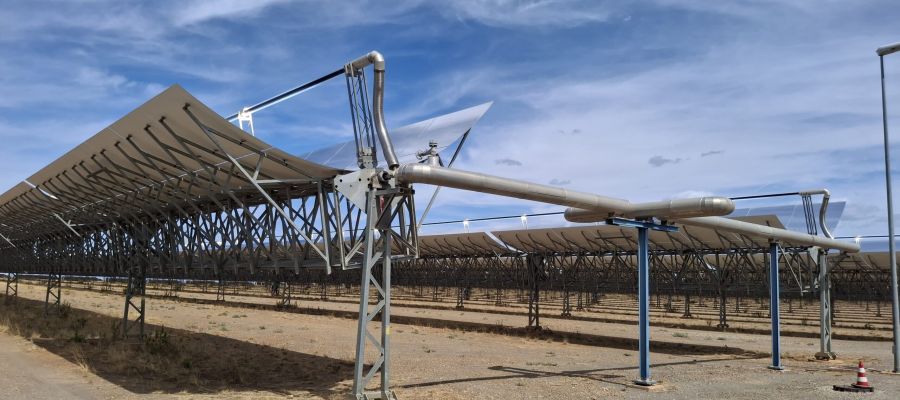
Over the last weekend, FersiSolar joined the program of the annual conference of SolarPACES, the leading technology collaboration programme of the International Energy Agency (IEA) on concentrated solar power technology (CSP). In this year’s edition, the conference included a tour of the Andasol 3 solar thermal power plant, which is operated by Marquesado Solar. As the team of FersiSolar participated in the construction of Andasol 3, we were more than happy to give a helping hand with the organization of the tour.
It was an amazing experience to have insightful conversations with the attendees and engage with their questions about the design of the plant. With such strong backing by dedicated and motivated researchers, we are certain that concentrated solar thermal energy has a long and fruitful way ahead. Continuing the energy transition, especially in the decarbonization of industrial heat consumption, is not a small challenge, but the research community is up to the task. Furthermore, it was very encouraging to see that Marquesado Solar has done an excellent job in maintaining Andasol 3 in peak condition even after more than a decade of operation.
The tour
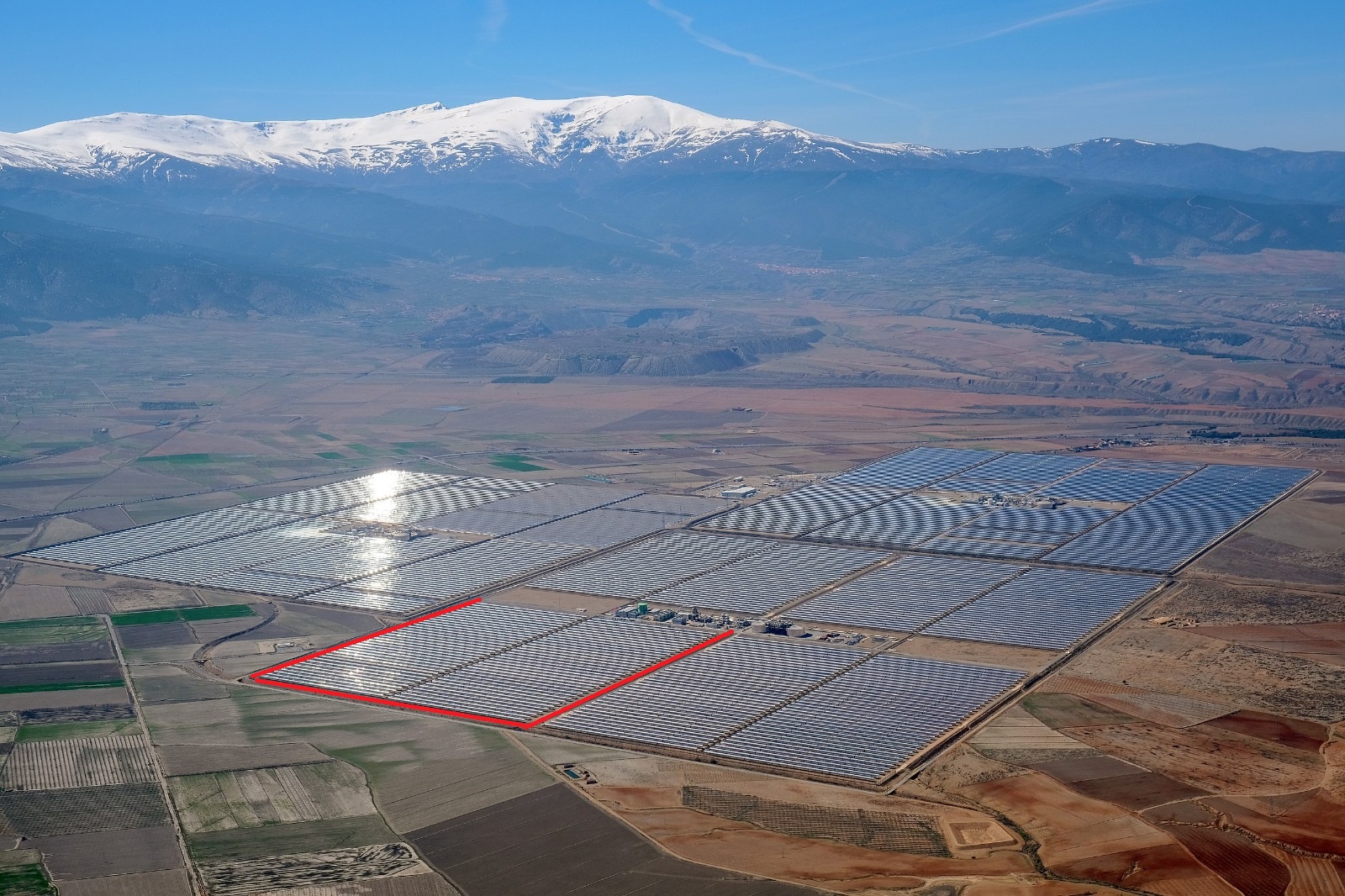
Picture 1: Andasol 3 in the foreground with a red rectangle of the visited sector, Andasol 2 to its left and Andasol 1 in the background
The tour started with a drive around the block circled in red above. Toni Fersini, the CEO of FersiSolar and the engineering director of the construction of the solar field, joined the attendees of the conference and touched on some of the intricacies of how such a field works.
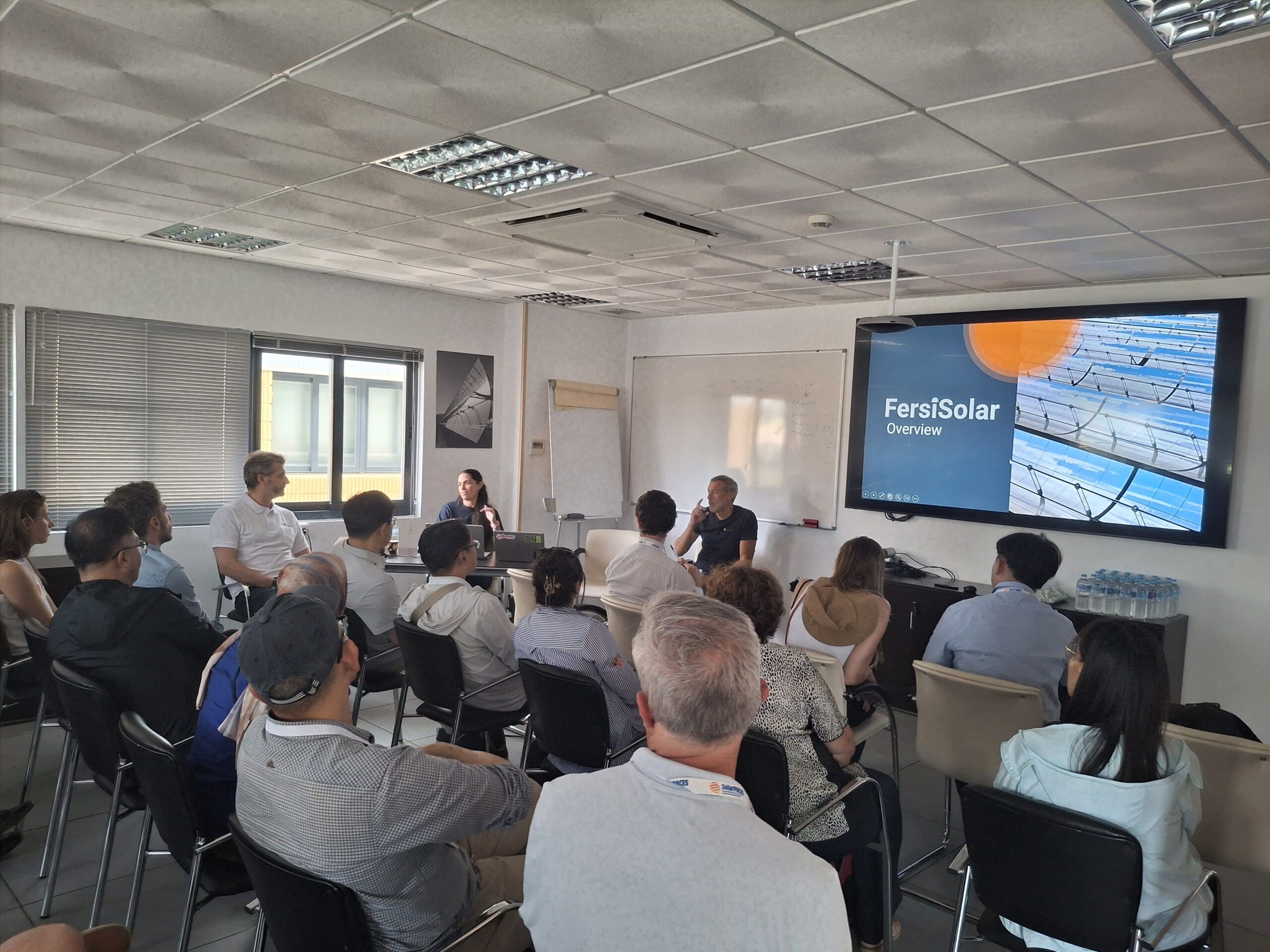
Picture 2: Presentation in the meeting room
After that, the visit continued with a presentation by Marquesado Solar on how they operate the power plant. The participants had the opportunity to ask questions directly to one of the plant engineers, which resulted in a lively discussion about the practices adopted by Marquesado, as well as the challenges that solar thermal power plants face in Spain.
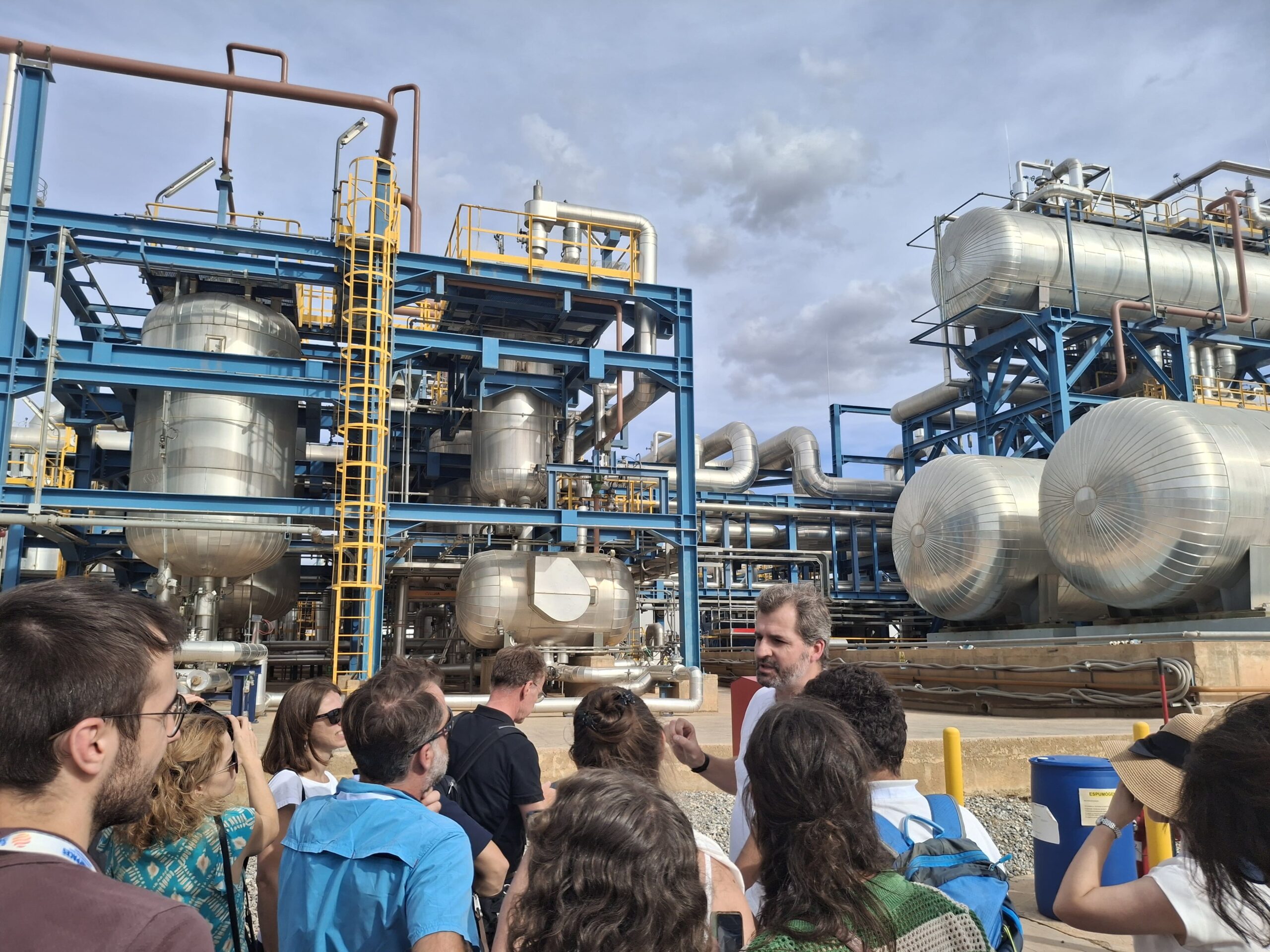
Picture 3: Christiaan explaining the design of the ullage system (left) and the HTF expansion tanks (right)
Lastly, the tour ended with a walk around the power block, where Christiaan Bartels-Mijnhart explained the role and design of different components, like the ullage system for heat transfer fluid, the heat exchangers of the molten salt thermal energy storage, and the gas boilers used to maintain the temperature of the thermal oil.
About Andasol 3
Andasol 3 is a 50 MW parabolic trough solar thermal power plant located near Aldeire and La Calahorra in Granada, Spain. Its solar field covers about 500,000 m² with parabolic mirrors that concentrate sunlight to heat a thermal oil circuit. It has four subfields of collectors oriented along a north-south axis. Energy is stored in 29,000 tons of molten salt, enabling the plant to operate at full capacity for over seven hours after sunset. The plant was constructed between 2008 and 2011 next to the Andasol 1 and Andasol 2 power plants and provides employment for about 50 people since then. Situated at an altitude of 1,100 meters, with abundant solar irradiation, access to Sierra Nevada cooling water, and a nearby electric substation, Andasol 3 remains a benchmark in CSP with storage.
About SolarPACES
SolarPACES (Solar Power and Chemical Energy Systems) is an international network founded in 1977. Its membership comprises research institutions, industry stakeholders, and policy experts working to advance CSP technologies, so they become cost-competitive, reliable, and deliver a dispatchable form of clean energy. SolarPACES coordinates global R&D efforts, publishes strategic studies, and provides guidance to policy makers to reduce the risks in project development. While the organization has historically been focused on generating electricity with CSP, it is increasingly emphasizing high temperature concentrating solar thermal (CST) for industrial heat, and solar thermochemistry for fuels production.
This pivot is occurring as part of a growing recognition that the decarbonization of heat consumption is the next frontier of the energy transition. Industrial heat consumption is an especially thorny subject, as companies are particularly sensitive to the cost of thier inputs, energy included. As 16% of the total final energy consumption of the EU is dedicated to heat production in industries, governments and engineers are hard pressed to offer an alternative to natural gas that can simultaneously reduce emissions and ensure competitiveness. In this context, CST is emerging as a key solution for eco-friendly thermal generation in the industrial sector. It can deliver heat for decades with a stable and predictable cost, shielding its user from the fluctuations of fossil fuel markets.
